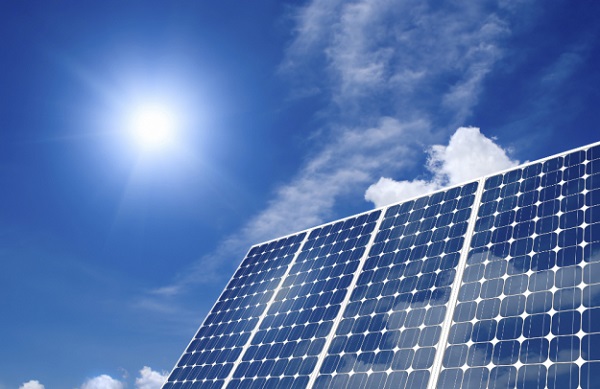VietNamNet Bridge – Dr Dang Luong Mo, a leading scientist in microchips, speaking at a recent conference with Viet Kieu professionals that discussed HCMC development, questioned how solar panels would be disposed of after their “shelf life” of 20-25 years. There is still no technology which thoroughly treats the solar panels after expiration.

Dr Tran Duy Chau, a RD expert from EDF, the French electricity group, replied that it is a matter of economic circulation: the input of a certain kind of production activity will be the output of another production activity.
Chau said HCM City would be able to develop a system to classify and treat waste from solar energy projects and noted that overseas Vietnamese would help in the effort.
At the HCMC Hi-tech Zone, many enterprises once intended to generate electricity with solar panels, but later gave up the plans. HCMC is considered an ideal locality for producing solar power with 2,000-2,500 hours of sunshine a year.
Peter Hong, deputy chair of the Vietnam Overseas Entrepreneurs’ Association, said one of the biggest concerns for investors is that it currently takes up to 25 years to take back the investment capital.
To encourage the development of solar energy projects, the government released Decision 11 in April 2017, which includes an import tax exemption for products which serve as fixed assets for projects, and a preferential import/export tariff on material imports.
The solar power industry has become a lucrative and sustainable field for investors in recent years, especially after the Prime Minister signed Decision No11 on the mechanism for encouraging the development of solar power projects in Vietnam . The Electricity of Vietnam (EVN) has the responsibility of purchasing all electricity produced by grid-connected projects at 9.35 cent per kWh.
Thanh Thanh Cong Group (TTC) plans to spend $1 billion on the projects in the field, while heavy investments will be made in 2017-2019, so that 1,000 MW worth of solar power will be generated from 2020.
TTC hopes solar power will bring the highest turnover to the group in the future.
Dang Dinh Thong from the Vietnam Clean Energy Association said that the lower investment rate will help encourage the development of solar power in Vietnam.
“Ten years ago, the investment rate was $6,000-7,000 per KWh, but the rate is only $1,000 now,” he said.
RELATED NEWS
Collaboration is the key to a renewable energy future
Foreign investment flows into solar energy
Kim Chi